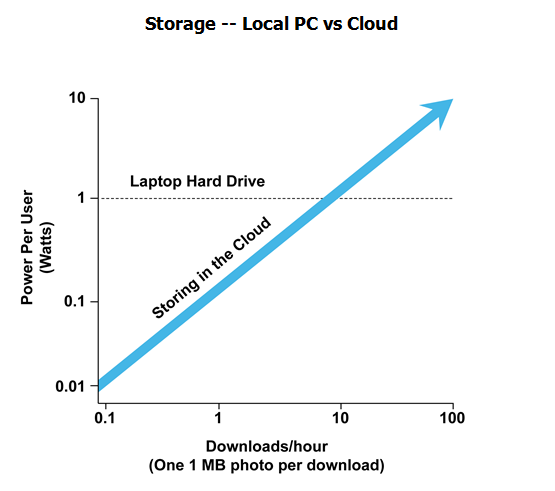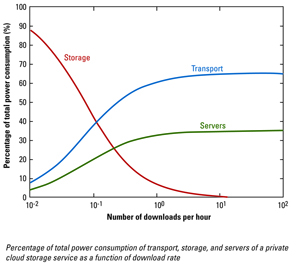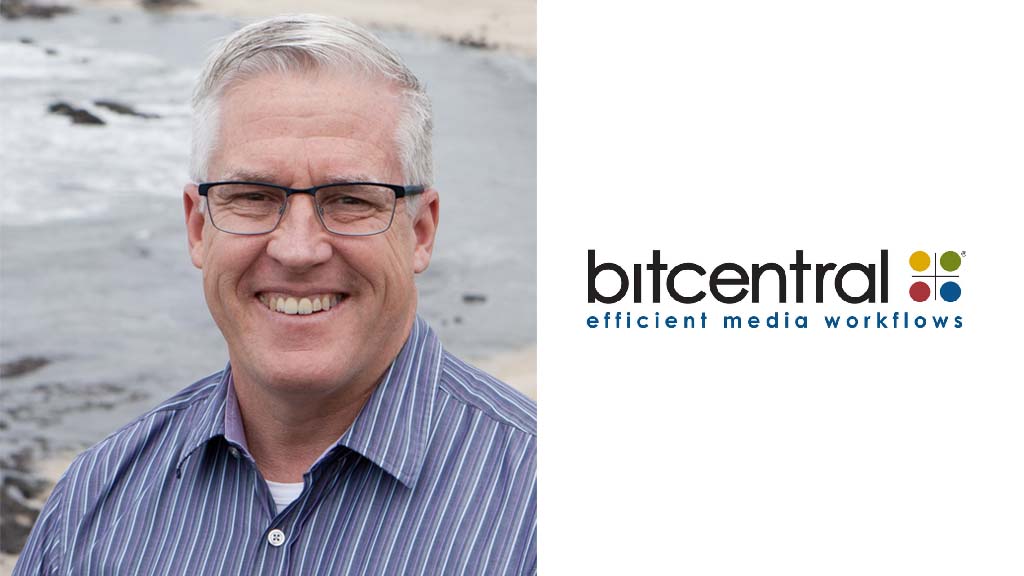A cloud's carbon footprint
A late August newsletter titled, “Will the Cloud’s Efficiency cut Energy (and Coal) Use?” raised my interest. The press release then answered the question with a long quote from an IEEE paper, “Green Cloud Computing: Balancing Energy in Processing, Storage and Transport,” by Jayant Baliga, Robert W. A. Ayre, Kerry Hilton, and Rodney S. Tucker, IEEE Proceedings, January, 2011 “…while its financial benefits have been widely discussed, the shift in energy usage in a cloud computing model has received little attention…under some circumstances cloud computing can consume more energy than conventional computing on a local PC”. So will the cloud’s efficiency cut energy and coal use?
Not according to energy writer, Mark P. Mills, at Energy-Facts.org. He says, “The answer is more energy is consumed in the Cloud, than on a PC, when the user accesses the Cloud frequently, or does high "intensity" tasks.
Upon reading that, my first thought was “Who cares?” As an engineer at the local TV station, why would I care how much energy a cloud consumes. Upon further consideration, I decided to wade through the entire IEEE paper to see what I might be missing.
It all depends—
The bottom line answer is it depends on a lot of factors. Location, sizes of storage, equipment selected, file sizes and bandwidth all have great affect on power usage. Power costs will certainly rise as utilities are forced by regulation to use ever more expensive fuel sources. If nothing else, broadcasters will be concerned about their power bills. With that in mind, let’s compare relative power consumption of local PC solutions versus a cloud for both storage as a service (STaaS) and processing as a service.
Mills notes that a hard disk burns about 1W/hr. It doesn’t matter much whether you’re pulling up one frame of video or 100 frames, the KW/h used remain about the same. If you download even a few frames of video from the cloud, percentage of cloud KW/h used rises above that of the PC application. “The data show that for uses that are common, the cloud consumes over 10 times more energy to store and access information than keeping it all on your laptop.” See Figure 1.

Figure 1. Relative power consumption of a STaaS platform versus a typical laptop. Source: Energy Facts.org
The professional video industry's #1 source for news, trends and product and tech information. Sign up below.
Storage versus servers
Let’s be sure everyone is on the same page with definitions. We’ll use the configuration on which the Baliga’s et all’s paper is based. See Figure 2 for the author’s block diagram of a private cloud. The networks connect to this cloud is via switches all connected to routers, a LAN, servers and storage. Storage is where the data permanently resides, the hard disks at the end of the media chain. These disks may be powered up and down based on demand. Infrequently used data is stored on these disks.

Figure 2, Private cloud block diagram. Source IEEE Proceedings, Baliga et al.
Transport includes RAM and a group of servers storing frequently used data. This is also known as file hosting. Think video editing, transcoding, ect. The required size of the transport portion of this solution is determined by required bandwidth and not total storage needs. The server may be small if there are only a few users with small file sizes. Most video applications require the server to be proportionally larger. But, the storage could be slower disks, and/or LTO.
Power hogs
The three key components in this model drawing power include; disk/LTO storage, I/O servers and the transport (LAN, switches, ect.). Figure 3 compares the percentage of total power consumption of these three components as a function of download rate in a private cloud configuration.

Figure 3. Percentage of total power consumption of transport, storage and servers as a function of download rate. Source, ibid.
In this example, at greater than one process per hour, the servers consume about 35 percent of the power, storage consumes less than 7 percent and the transport equipment consume almost 60 percent of the power. These are valuable considerations because some media companies may wish to build and maintain their own private clouds. In that case, just moving the data from the desktop and back could require a significant portion of the total power bill.
Processing as a service
Another task that is likely to be off-loaded to the cloud is file processing. Such work may include transcoding, encoding or other high-speed tasks. Let’s compare energy consumption of processing as a service.
Says Baliga et al, IEEE Proceedings, January, 2011, “If a user is performing fewer than the equivalent of four such video encodings per week, the most energy efficient option is the combination of a low-end computer and a processing service. At greater than four encodings per week for the public cloud processing service and eight encodings per week for the private cloud processing service, the energy consumption of servers and transport increases to the point that a modern midrange PC is the most energy efficient option.”
This power usage comparison is illustrated in Figure 4.

Figure 4. Note that until encoding tasks exceed a minimum usage point (system/task dependent) a local computer may be more power efficient than a cloud solution. Source: Energy facts.org
In Kansas City, Google is installing what they call “Fiberhoods”. These are geographically related areas supporting 1GB into the home or office. The network is promised to be three times faster than Verizon’s FiOS and less expensive.
Says Energy-facts.org, “One person pulling one 1GB once per day from the cloud requires the energy of 3 pounds of coal per year just for transporting the bits to the PC.” In a production room, the transport needs will be measured in hundreds or perhaps thousands of GB/hr, which translate to high transport energy needs.
Users will not consider the impact of wider bandwidth pipes, higher image resolution or faster frame rates on power usage. But, these new capabilities come at a power cost.
Should broadcasters and production houses care about power consumption? It’s no longer an option. As the newsletter said, “The power solution cannot always be to simply dig more coal.”
Acknowledgement: data obtained from the following resources:
Energy-facts.org newsletter, August 22, 2011
Green cloud computing: Balancing energy in processing, storage and transport. Authors; Jayant Baliga, Robert W. A. Ayre, Kerry Hilton, and Rodney S. Tucker, IEEE Proceedings, January, 2011
Google blog: Energy efficiency in the cloud, Urs Hoelzle, Senior VP for Technical Infrastructure.
Green Monk blog, June, 21, 2012, Tom Raferty, Cloud computing: Google apps cloud has a relatively high carbon intensity
